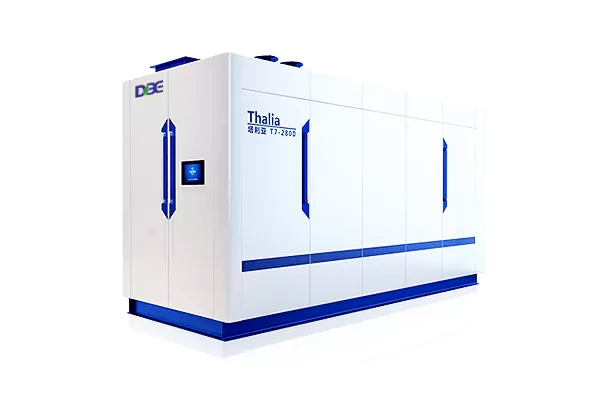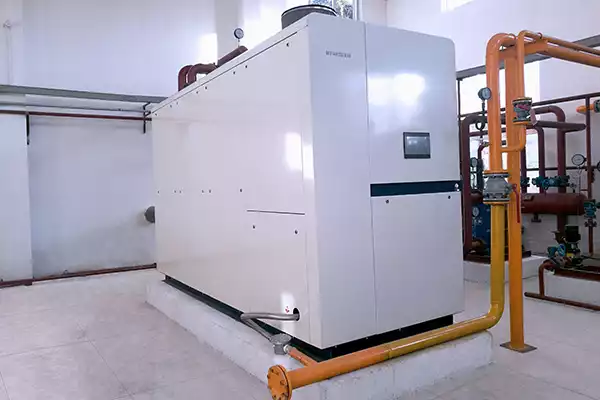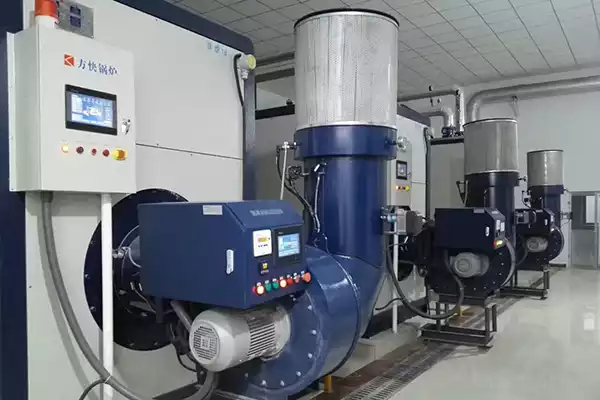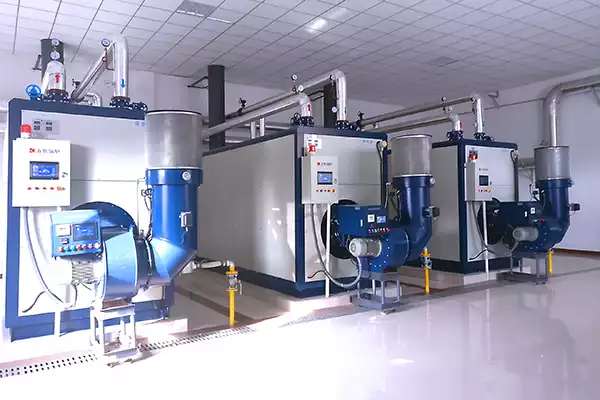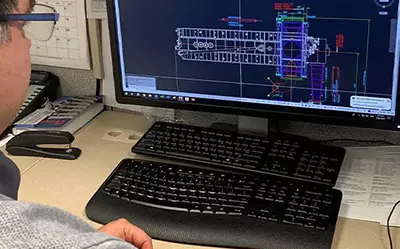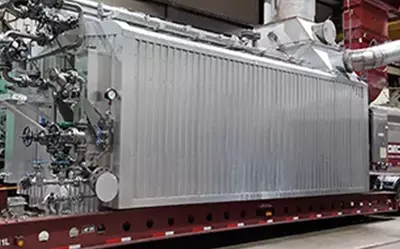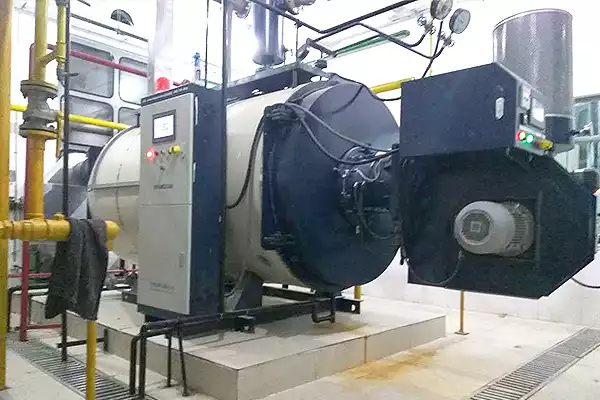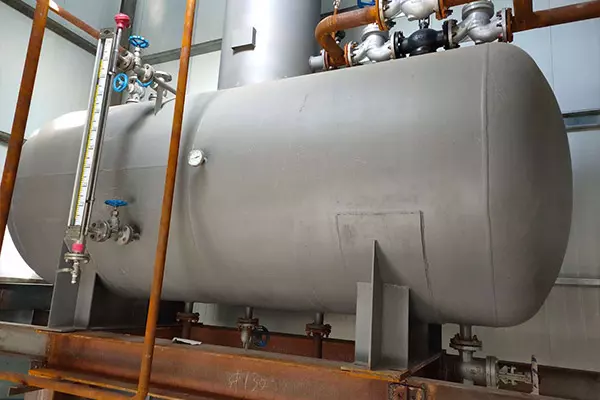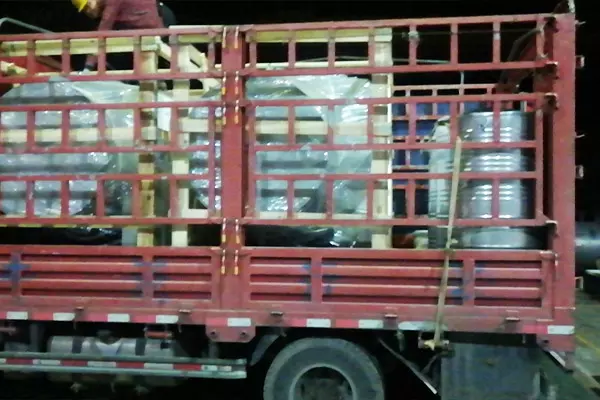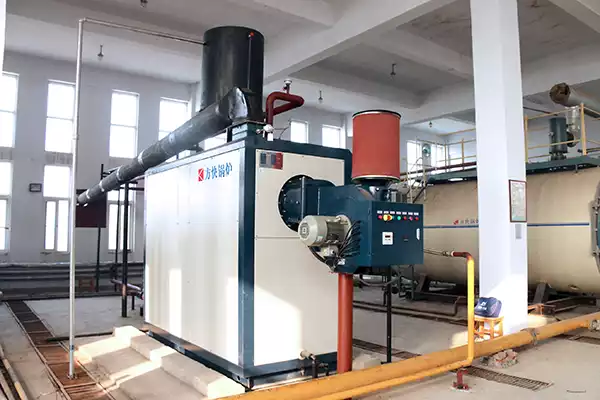Direct vent gas boilers are becoming more and more popular. They are designed to make your home warmer, and they keep you comfortable. They also save you money on heating bills by burning fuel efficiently.
What is a direct vent gas boiler?
The direct vent gas boiler is a type of boiler that heats and supplies hot water to your home. It uses natural gas as fuel, which burns more efficiently than other fuels like oil or propane. The natural combustion process also releases less carbon dioxide into the atmosphere.
In addition to its efficient performance, this style of boiler does not require a chimney because it burns fuel directly in the appliance itself. This means that you can move it anywhere within your home without worrying about installing an external chimney first!
Working Principle.
A direct vent gas boiler works by using the flue gas to heat water. The flue gas is vented directly to the outdoors through either a chimney or vent pipe.
The main difference between a direct vent gas boiler and an indirect vent gas boiler is the way that the flue and heat exchanger are arranged. In an indirect system, warm air from the firebox passes through an insulated heat exchanger located in your home before entering your living space (the combustion takes place outside of your home). In a direct system, all of this takes place inside of your home—this means that air quality around your boiler can be affected by combustion products like soot and carbon monoxide (CO).
Which direct vent gas boiler is the best?
This is a popular question among homeowners, so we’ll try to answer it as best we can. Direct vent gas boilers have several benefits that make them more efficient and convenient than other types of gas heaters.
- They’re more energy efficient than other types of boilers because they don’t require ductwork to transport the hot air from your boiler to the rest of your home or building. Instead, they capture heat inside their sealed combustion chamber and vent it directly outside through a pipe located on top or on one side of the unit (as opposed to through an exposed chimney). This reduces heat loss and makes them highly fuel-efficient compared with conventional boilers that need pipes for transportation purposes.
- They’re faster than other types of boilers because there’s no need for ductwork; this means less wait time between turning on your furnace/boiler appliance and seeing results from using it throughout your whole house! This can be especially beneficial when there are multiple people living in one dwelling who want warm showers each morning but don’t want to wait around too long before getting started with their day.”
What is the difference between a direct vent and non direct vent furnace?
The main difference between a direct vent and a non-direct vent furnace is how they intake combustion air and exhaust flue gases. Key differences between the two types include:
- Efficiency: Direct vent furnaces are generally more efficient than non-direct vent furnaces. Since they use sealed combustion, they minimize heat loss and ensure that only fresh air from outside is used for combustion. In contrast, non-direct vent furnaces draw in air from the indoor environment, which can affect overall energy efficiency.
- Safety: Direct vent furnaces are considered safer because they eliminate the risk of back-drafting. Backdrafting occurs when the combustion gases, instead of being vented outside, are pulled back into the building due to negative pressure. Non-direct vent furnaces can be susceptible to back-drafting, potentially accumulating carbon monoxide and other harmful gases indoors.
- Installation: Direct vent furnaces require a two-pipe system, which includes both an air intake pipe and an exhaust pipe. This installation can be more complex and may require additional materials and labor compared to non-direct vent furnaces that typically use a single flue pipe for exhaust.
Installation.
Installing a direct vent boiler typically requires professional expertise and knowledge of local building codes and regulations. It involves working with gas lines, venting systems, and water connections, which can be complex and potentially hazardous if not done correctly. However, you can refer to the following general overview of the installation process of the direct-fired boiler:
- Plan the installation: Determine the best location for the boiler, considering factors such as accessibility, ventilation requirements, and proximity to gas and water lines. Consult the manufacturer’s instructions and local building codes to ensure compliance.
- Gather necessary materials: Purchase the direct vent boiler, venting components (such as pipes and termination kits), gas line fittings, water connections, and any additional materials required based on the specific model and installation requirements.
- Prepare the installation area: Clear the area where the boiler will be installed and ensure there is adequate space for maintenance and servicing. Install any necessary supports or mounting brackets according to the manufacturer’s instructions.
- Install the venting system: Direct vent boilers use a sealed combustion system that requires both an air intake pipe and an exhaust pipe. Install the vent pipes following the manufacturer’s guidelines, making sure to maintain proper clearances from combustible materials and to avoid any obstructions or sharp bends in the pipes. Install termination caps on the exterior wall to allow for proper venting of exhaust gases and intake of fresh air.
- Connect the gas line: Consult a qualified gas technician to connect the gas line to the boiler. This step should only be done by a licensed professional to ensure safety and compliance with local codes. Ensure that all gas connections are secure and leak-free.
- Connect the water lines: Follow the manufacturer’s instructions to connect the water supply and return lines to the boiler. Use appropriate fittings and ensure tight connections. Install isolation valves to allow for maintenance and repairs in the future.
- Electrical connections: If necessary, make electrical connections according to the manufacturer’s instructions. This may include connecting the boiler to a power source, thermostat, or other control systems. It is recommended to consult an electrician for this step if you are not familiar with electrical work.
- Test and commission: After completing the installation, the boiler should be thoroughly tested to ensure proper functioning and safety. This typically involves checking for gas leaks, verifying water flow and pressure, and ensuring proper ignition and combustion. Follow the manufacturer’s instructions and any local regulations for commissioning the boiler.
How much is the direct vent gas boiler?
The price of a direct vent gas boiler depends on the size of the heating system you’re looking to install. The larger your home, the more expensive it will be to heat. The cost can range from $2,000 for a small system that heats an apartment up to $5,000+ for one that supplies enough heat for a small house or building.
The price also varies depending on whether you’re buying new or used, and what kind of system you want (combination water heater and boiler, for example). As technology improves and costs decrease, direct-vent gas boilers are becoming more popular in the world.
Conclusion
Direct vent gas boilers have many benefits, such as being more efficient than other types of boilers and being easier to install than oil-fired boilers. They can also be installed in areas where there aren’t enough outlets for an electric boiler. However, they do require some maintenance work on your part in order for them to run smoothly throughout their lifespan.
Get your best price
Quickly compare 3 FREE quotes
- Engineer quick quote
- The overall delivery speed is fast
- Financial choice
- Low installation costs and cost savings
25 years+ of boiler R&D
More than 20 innovative technologies
